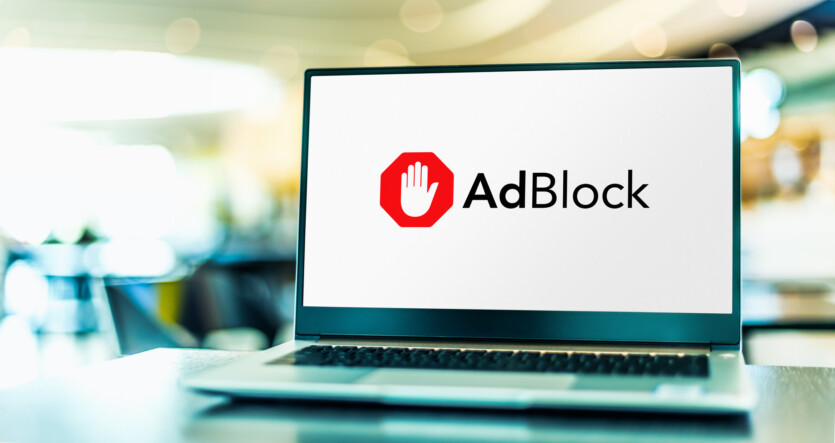
Imagine: you install an ad blocker to avoid intrusive or harmful content, and you get… even more problematic ads. These digital billboards may inadvertently expose their users to more problematic content. Such conclusions were made by researchers from the Tandon School of Engineering at New York University. They analyzed how online advertising platforms behave in the face of popular blockers and found unexpected patterns.
«Acceptable advertising» in Adblock Plus
As part of the research The team analyzed more than 1,200 ads that were shown to users in the United States and Germany. It turned out that those who use the Acceptable Ads feature («Acceptable Ads») in the blocker Adblock Plususers received 13.6% more problematic ads than those who did not have a blocker at all. This casts doubt on the general belief that such tools definitely improve the online experience.
The idea behind Acceptable Ads is to find a compromise between the needs of users and advertisers by allowing less intrusive ads to pass through. But these «acceptable» standards often do not take into account the concerns of users themselves. This opinion was expressed by the lead author of the study, Ritik Rungta.
Unacceptable advertising in classifieds
The team used a specially created system based on artificial intelligence in the study. It automatically detected problematic ads based on a detailed classification. It was developed based on advertising industry policies, regulatory requirements, and user feedback. The system identified seven types of malicious or unwanted content:
- advertising inappropriate for minors (e.g., alcohol or gambling),
- offensive or explicit content,
- false statements about health or finances,
- manipulative design (such as timers «3 minutes left»),
- overly intrusive formats,
- fraudulent schemes,
- political advertising without clear labeling.
The AI system was created on the basis of the model OpenAI GPT-4o-mini. In 79% of cases, its assessments coincided with the conclusions of human experts regarding undesirable content.
The impact of such advertising on children is of particular concern. Almost 10% of the ads seen by minors violated current child protection regulations. And this is sad, because it is precisely to protect children that many people install ad blockers.
When protection becomes a marker
Adblock Plus is currently used by about 300 million people worldwide. It operates on the principle of «whitelisting» and allows you to display only those ads that pass the «unobtrusiveness» criterion. But, as researchers have found, ad platforms can behave differently when they recognize that a user has an activated blocker. In particular, the newly approved platforms for Acceptable Ads showed fewer problematic ads when the blocker is activated. However, existing approved exchanges actually increased the display of problematic content to these privacy-conscious users.
Ritik Rungta suggests that «ad systems see» blocker usage and start targeting their users especially aggressively with problematic ads.
This is not only a matter of convenience, but also a potential threat to privacy. It turned out that users of blockers can become the target of a new form of digital identification — the so-called «privacy fingerprint. That is, they can be recognized precisely because they are trying to protect themselves. This creates a «hidden cost for» privacy-conscious users.
«Terms like «acceptable» or «better» advertising are misleading — they only create the impression of a safer online experience that is not actually there», explains Rachel Greenstadt, a professor at New York University and the leader of the study.
This work follows up on a previous study by the same team that found that popular browser-based privacy extensions often fall short of user expectations. The current study adds another important layer to this picture. After all, even declared good intentions can lead to the opposite effect — more risks instead of security.
Source: techxplore

Spelling error report
The following text will be sent to our editors: